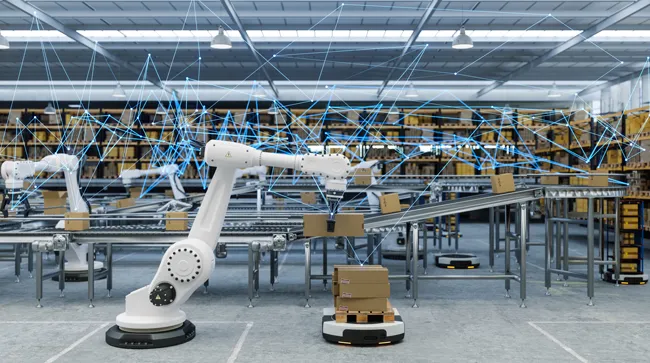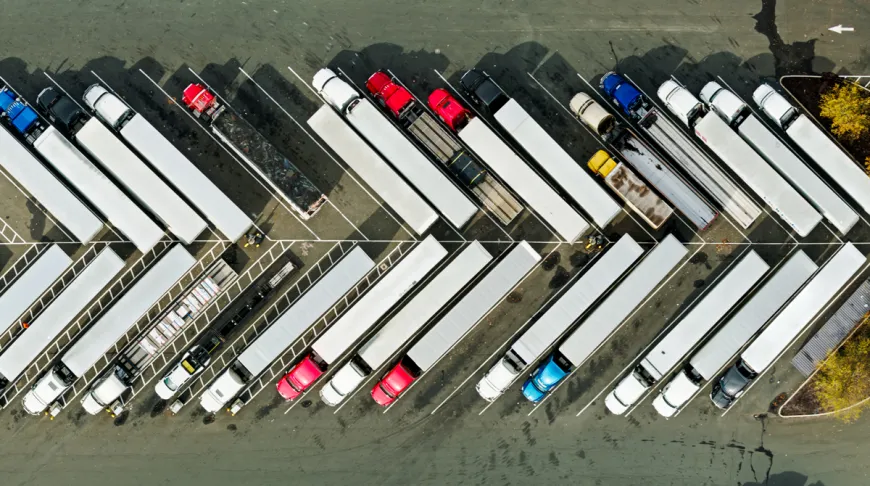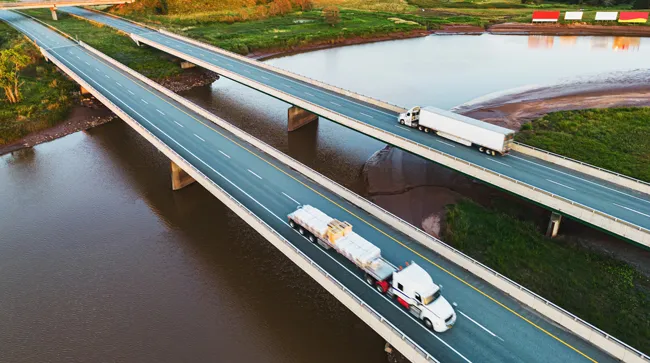Not so long ago, 'fleet monitoring' conjured images of dispatchers hunched over clipboards, armed with nothing but a telephone, coffee and intuition. Today's GPS technology and AI analytics have transformed the task of monitoring fleet performance into a science of precision and possibility.
This evolution goes far beyond knowing where trucks are on a map. Modern fleet monitoring systems function as an organization's central nervous system, gathering intelligence on everything from engine health to driver behavior patterns. These insights have fundamentally reshaped logistics operations — predictive maintenance can prevent costly breakdowns, while intelligent routing delivers efficiency gains and fuel savings.
The impact ripples outward. Regulatory compliance, once a labyrinth of paperwork, now flows through automated systems. Customer expectations for rapid deliveries are consistently exceeded. Environmental goals become increasingly attainable as precise monitoring helps cut emissions and fuel waste.
What began as basic vehicle tracking has evolved into an intelligent command center that yesterday’s fleet managers could scarcely have imagined. The evolution represents a fundamental shift in how modern logistics operations approach efficiency, safety and reliability.
(Transport Topics)
What Is Fleet Monitoring and Why Is It Important?
Modern fleet monitoring transforms raw vehicle data into strategic intelligence. Through advanced telematics, managers gain comprehensive visibility into their operations — from real-time vehicle locations to nuanced driver behavior patterns, fuel efficiency metrics to detailed engine diagnostics. This continuous stream of data empowers informed decision-making across every operational dimension.
Safety sits at the heart of modern fleet monitoring. Advanced systems catch warning signs that human observers might miss — from subtle changes in driving patterns to potential mechanical issues. When a driver consistently brakes too hard or takes corners too quickly, the system flags these behaviors before they can lead to accidents. Some platforms even provide instant feedback through in-cab alerts, helping drivers correct course in the moment. These safety features do double duty: preventing accidents while also providing valuable documentation that can protect drivers from false claims.
Beyond safety, fleet monitoring has revolutionized cost control. Smart routing algorithms slash fuel waste. Engine diagnostics can help detect when parts are nearing end-of-life, turning what could have been roadside emergencies into scheduled maintenance stops. This shift from reactive to proactive maintenance extends vehicle life and keeps operations running smoothly.
The technology also takes the headache out of compliance. Modern monitoring systems handle these tasks automatically, freeing up time for what matters most: running an efficient, profitable fleet. Whether managing a handful of vehicles or hundreds, fleet monitoring provides the insights needed to stay competitive in an increasingly complex industry.

(onurdongel/Getty Images)
The Evolution of Fleet Monitoring Technologies
GPS changed everything. When the U.S. government opened its satellite network for civilian use in 1983 and then gave full access in 2000, fleet managers gained something they'd never had before: the ability to track their vehicles in real-time. But that was just the beginning.
Telematics entered the picture, weaving together GPS data with vehicle diagnostics and telecommunications. Managers could monitor engine health, track fuel usage and understand driver behavior patterns. Cloud computing arrived next, dramatically expanding the possibilities for data collection and analysis.
The rise of high-speed cellular networks and Internet of Things technology marked the next breakthrough. With 4G/LTE connections, vehicles became rolling data centers. Companies like Verizon Connect pioneered integrated solutions that combined dash cams with AI-powered driver assistance, ushering in a new era of proactive safety management.
Today's systems are almost unrecognizable compared to their ancestors. They predict maintenance needs before breakdowns occur, automatically log driver hours for compliance, and use real-time video analytics to enhance safety. This technological leap has caught the attention of businesses worldwide — some industry analysts expect the global fleet management market to reach $52.4 billion by 2027.
And the evolution continues. As 5G networks roll out and AI capabilities expand, fleet monitoring stands on the brink of another transformation.








